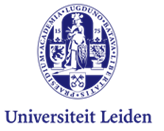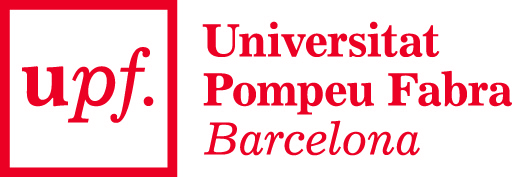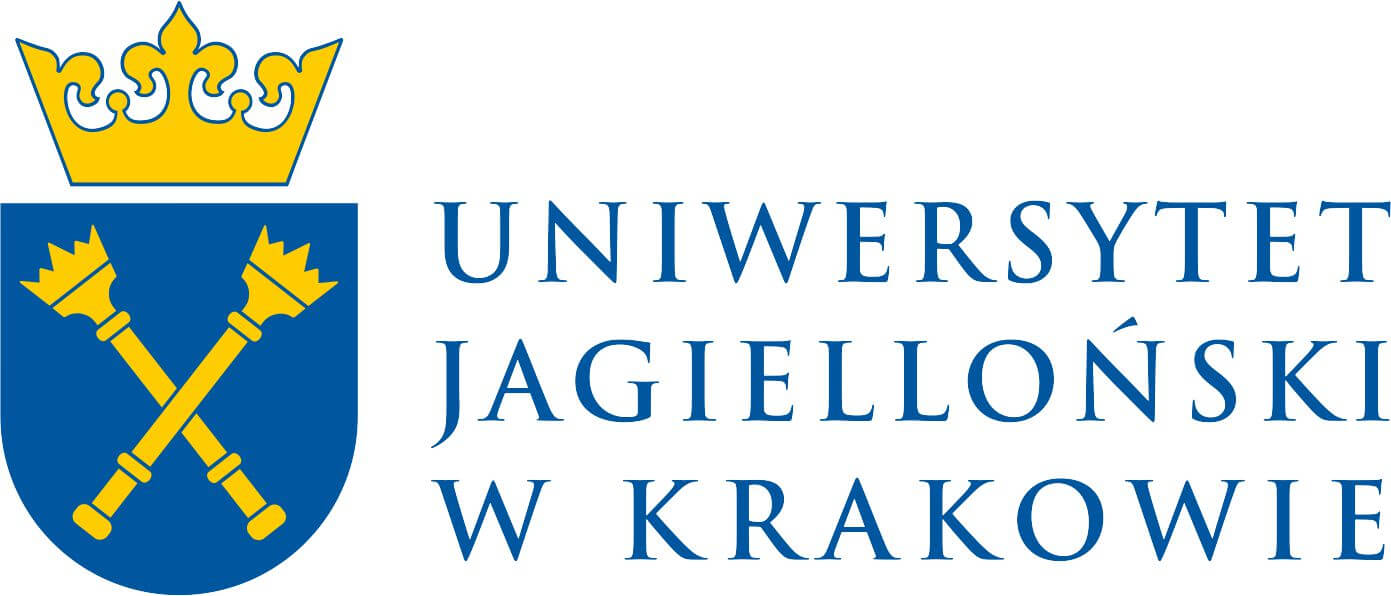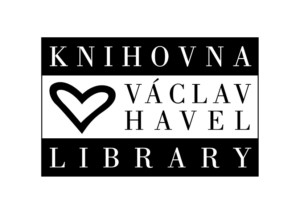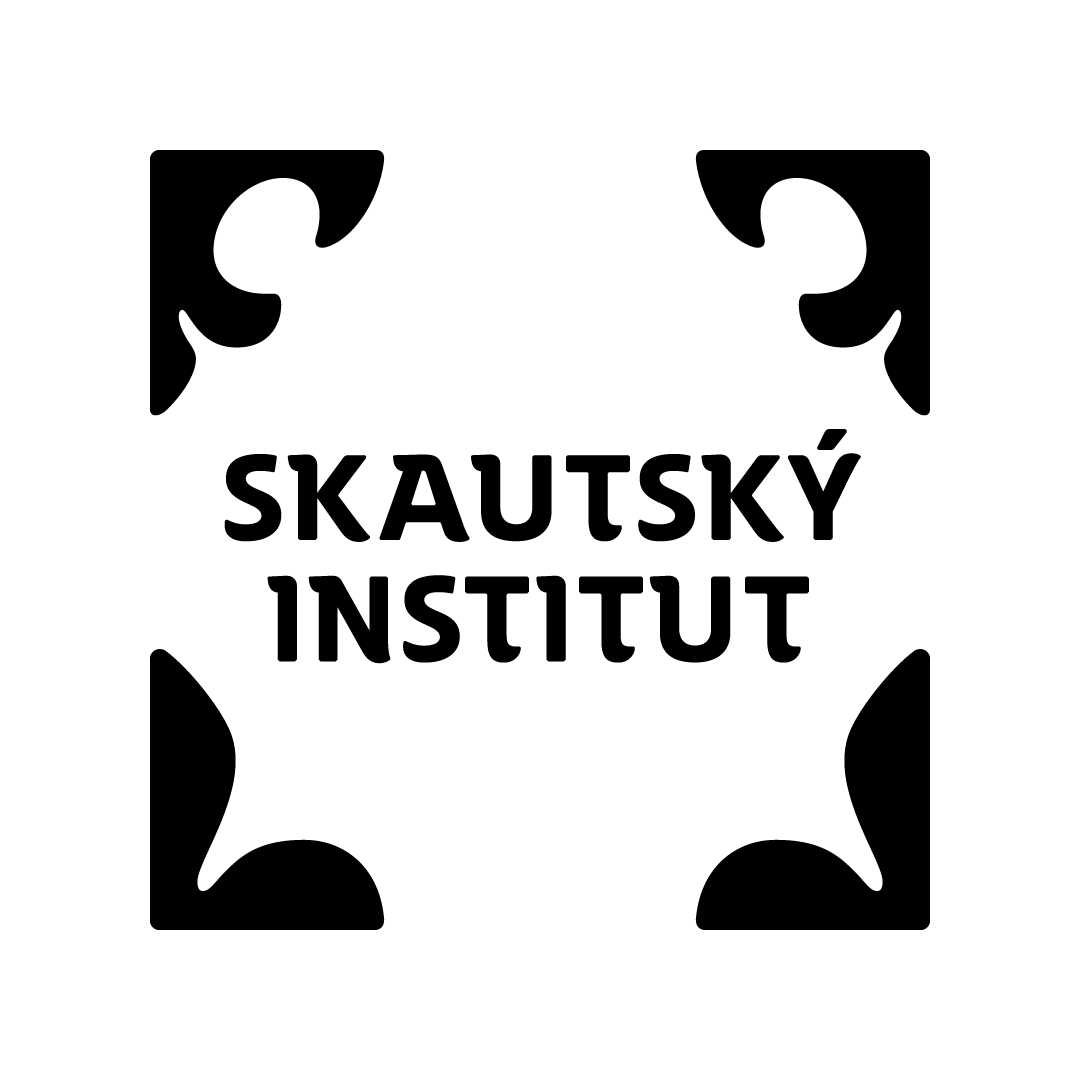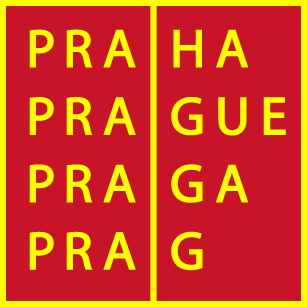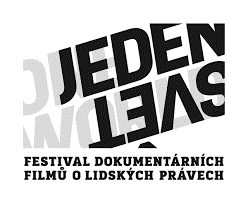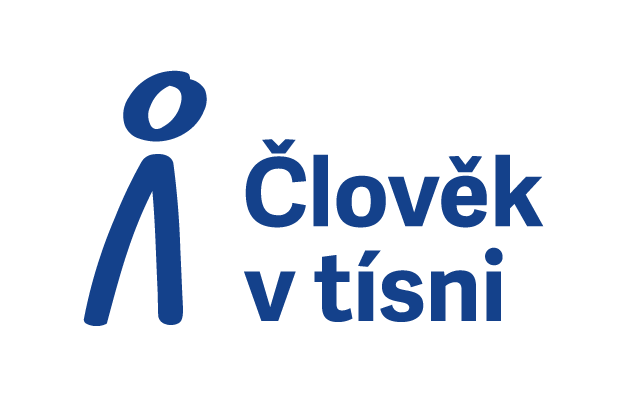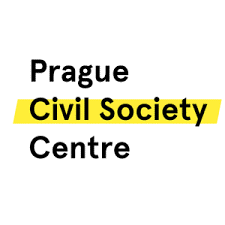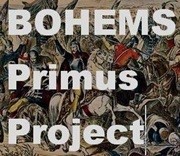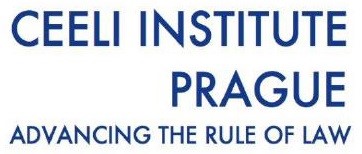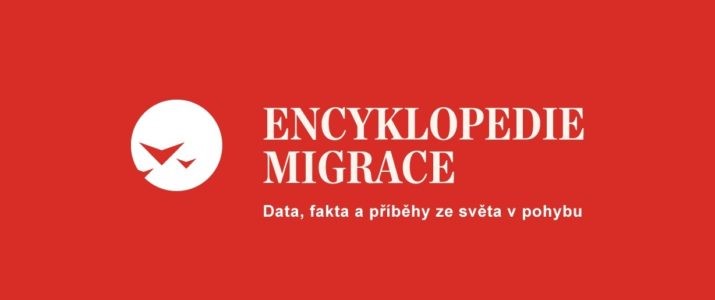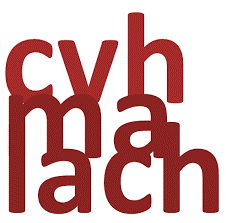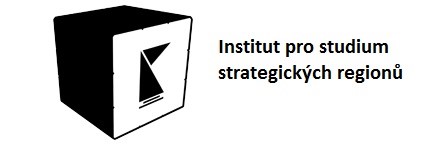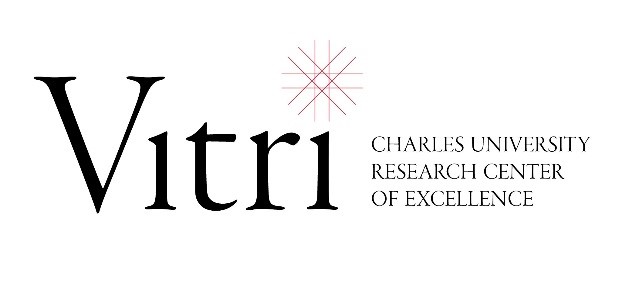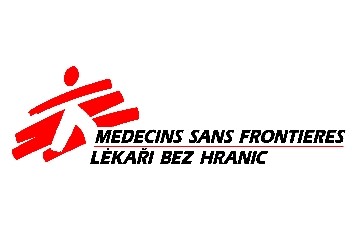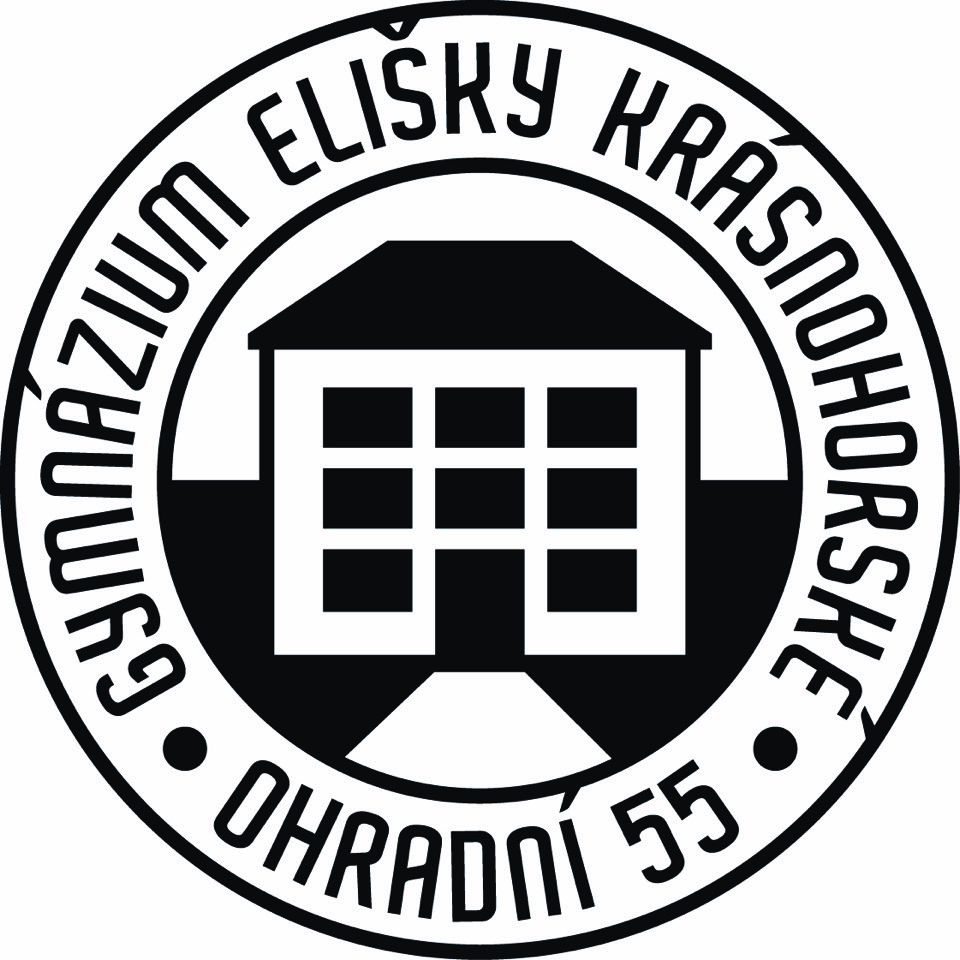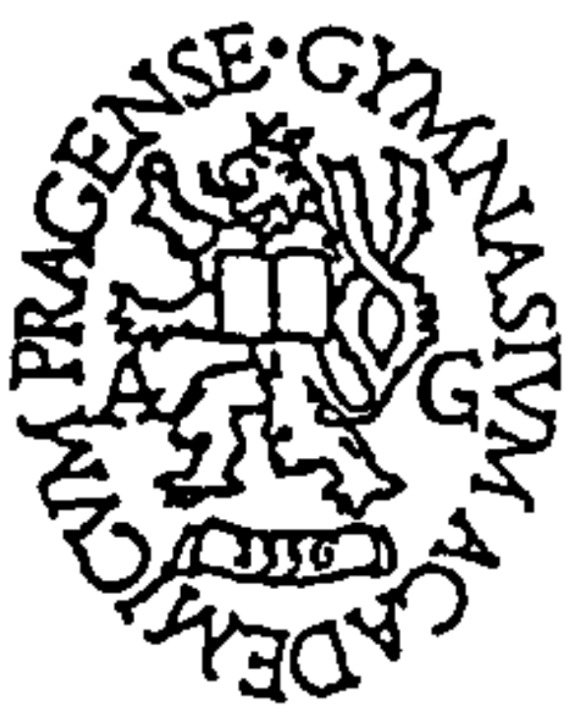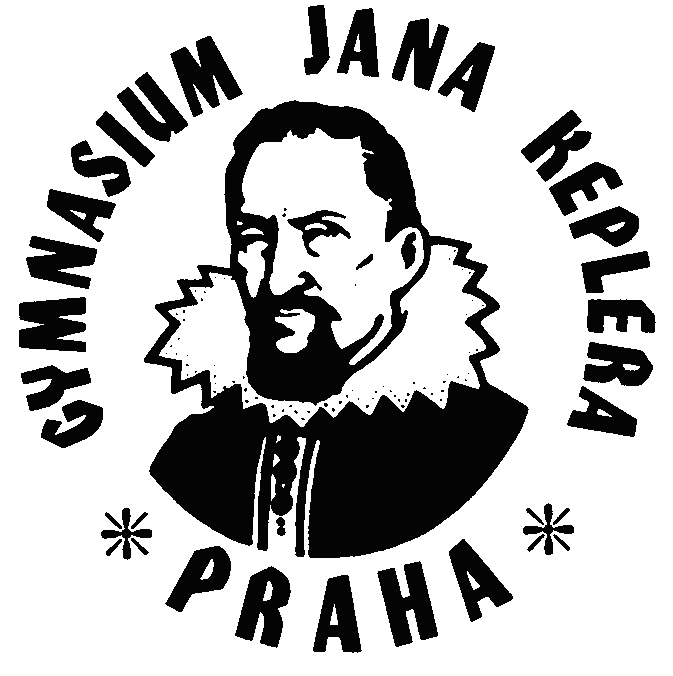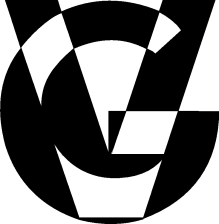“Long Live the Serbian Nation!”: The Republika Srpska Commemoration of Jasenovac Victims
“Long Live the Serbian Nation!”: The Republika Srpska Commemoration of Jasenovac Victims
27. 4. 2018 Barbora Chrzová

On Sunday April 15, a commemoration to victims of the WWII Ustasha concentration camp Jasenovac, among which were a large majority of Serbs, was held in the memorial zone Donja Gradina* in the Republika Srpska (RS), the predominantly Serbian entity of Bosnia and Herzegovina. The event, attended by hundreds of citizens of the RS, was directly broadcast by the main entity television station RTRS and occupied the main pages in daily newspapers in the RS; still, this event passed basically unnoticed by any international media. The lack of attention was not surprising, however, given that information about the date of the commemoration was released only 12 days prior to the event and aimed solely at the local public.
 All citizens of the RS, without appealing to other BiH citizens, were invited to participate, and free transportation to the remote area from several towns in the RS was organised. Dozens of buses loaded with school children and members of various veteran organisations arrived, making the elderly and youth hugely overrepresented among the participants. Official authorities attending the ceremony consisted of several top level representatives of the RS, the President of the National Assembly and the Minister of Defence of Serbia, representatives of Jews and of Roma from the RS and Serbia and some ambassadors to BiH, including from the USA, Russia and Germany. The commemoration lasted almost three hours, taking place at two different locations within the memorial complex and consisting of three main parts—wreath laying, an Orthodox memorial service and addresses by official representatives which were concluded by a speech from the President of the RS, Milorad Dodik.
All citizens of the RS, without appealing to other BiH citizens, were invited to participate, and free transportation to the remote area from several towns in the RS was organised. Dozens of buses loaded with school children and members of various veteran organisations arrived, making the elderly and youth hugely overrepresented among the participants. Official authorities attending the ceremony consisted of several top level representatives of the RS, the President of the National Assembly and the Minister of Defence of Serbia, representatives of Jews and of Roma from the RS and Serbia and some ambassadors to BiH, including from the USA, Russia and Germany. The commemoration lasted almost three hours, taking place at two different locations within the memorial complex and consisting of three main parts—wreath laying, an Orthodox memorial service and addresses by official representatives which were concluded by a speech from the President of the RS, Milorad Dodik.
The memory of the concentration camp Jasenovac played a crucial role in the mobilisation of Serbs during the war in the 1990s and occupies a central place in the Serbian victimization narrative. Representatives of the RS and Serbia often use Jasenovac as an argument for Serbian war actions during the break-up of Yugoslavia. They assert that no one can understand what happened in the 1990s unless he/she knows the full truth about horrors of Jasenovac and the mass suffering and “genocide” that Serbs were exposed to. In line with this narrative, the commemorative event, rather than purely honouring the victims, seemingly focused on conveying a particular historical narrative and, especially, its meaning for the present and future of citizens of the RS.
In all the speeches, a clear historical lesson that Serbs should take away from the horrors of Jasenovac was accentuated—namely that Serbs can never be secure without their own state. Speakers emphasised the unprecedented cruelty of the Ustasha crimes against Serbs, Roma and Jews, referring not only to Croats but also Muslims whose presence among camp guards is documented and often pointed out by Serbs. Dodik encouraged all Serbs not to ever again succumb to an illusion that they can share a state with other nations (such as during Yugoslavia) nor to fear that disables them from action. The RS was presented as the only guarantee of their safety, and while Serbian representatives promised Serbia would never let anyone question and touch the RS, Dodik stressed that there were no Bosnian or Croat Serbs but one united Serbian nation.
The main message of the commemoration and the rather peculiar organisation of the event targeting exclusively the Serbian population in the RS can be interpreted as being a part of the nation – and "state" – building project promoted by Milorad Dodik. Constant references to the “Republika Srpska” and the “Republic of Serbia,” as if those were two states with an equal status under international law, would make it hard to believe for someone unfamiliar with Bosnian reality that the RS is “only” one of the two entities that the state Bosnia and Herzegovina is composed of. For a foreigner (I was possibly the only one present beside the Ambassadors), there was also very little to connect to during the commemoration, as all universal appeals to humanity, which one would expect while remembering tens of thousands of civilian victims of mass atrocities, were overshadowed by the overall nationalist tone. In sum, the commemoration represented yet another example of (regionally so widely practiced) the appropriation of history of extraordinary mass suffering to serve particular political ends.
However, it is also important to stress that the Croatian approach to this “dark side of their history” is far from unproblematic, and even in the recent era Jasenovac has been repeatedly subjected to various historical manipulations. Reoccurring controversial statements by Croat nationalist politicians or public figures then nurture and to certain extent legitimize Serbian narratives of an ever-present Croat threat. The memory of Jasenovac still represents one of the major sources of conflict also between the Serbian and the Croatian dominant historical narratives. Contestations are manifested, for example, by the highly debated issue of the number of Jasenovac victims, with Serbian authorities referring to 700.000 and Croatian authorities to 81.998 victims.** The ongoing contestations of memory of Jasenovac, reignited by a recent affair with the usage of Ustasha symbols in Croatia, have resulted in a situation where even 73 years after the commemorated events, three separate commemorations take place - in addition to the "Serbian" one in Donja Gradina, the Jewish commemoration took place on the same day in the Jasenovac memorial complex on the Croatian side, where the official Croatian commemoration is also to be held on April 22.
* As the former site of the Ustasha concentration camp is now divided by BiH-Croatian border and the memorial complex built during Tito’s Yugoslavia appeared at the Croatian side of the border, RS authorities began building own memorial complex in Donja Gradina after 1995.
** The number of 700.000 victims (500.000 Serbs among them) was claimed by the Yugoslav regime after WWII, but it has been proved to be significantly over exaggerated in order to gain higher war reparations and is today viewed as totally unrealistic. The number of 81.998 relates to physically identified victims, which is in turn known for not fully capturing the real extent of the crimes. Croatian officials have recently stuck to its usage; at the beginning of the 1990s, however, significant downplaying of the number of victims was common.
Reference: Chrzová, Barbora. “Long Live the Serbian Nation!”: The Republika Srpska Commemoration of Jasenovac Victims. PRIMUS BOHEMS Web, 27.4.2018. Link: http://www.bohems.fsv.cuni.cz/post/91.




